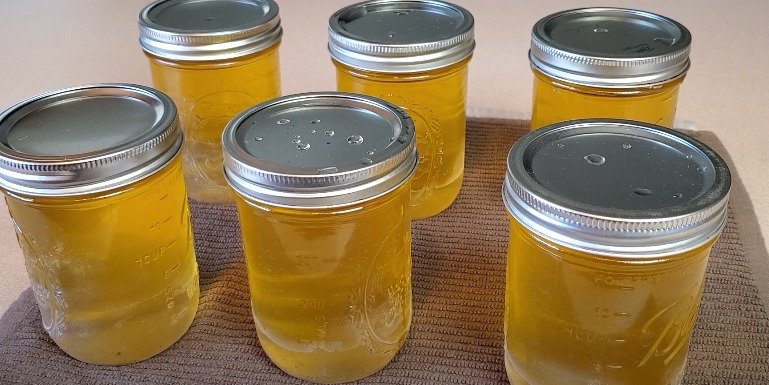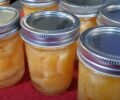Related Recipes
-
How to Preserve Fresh Strawberries with Sugar
By Kawther
-
Water Bath Canning Mandarin Oranges: A Beginner’s Guide
By Kawther
-
How to Preserve Fresh Vegetables in Jars
By Kawther





















